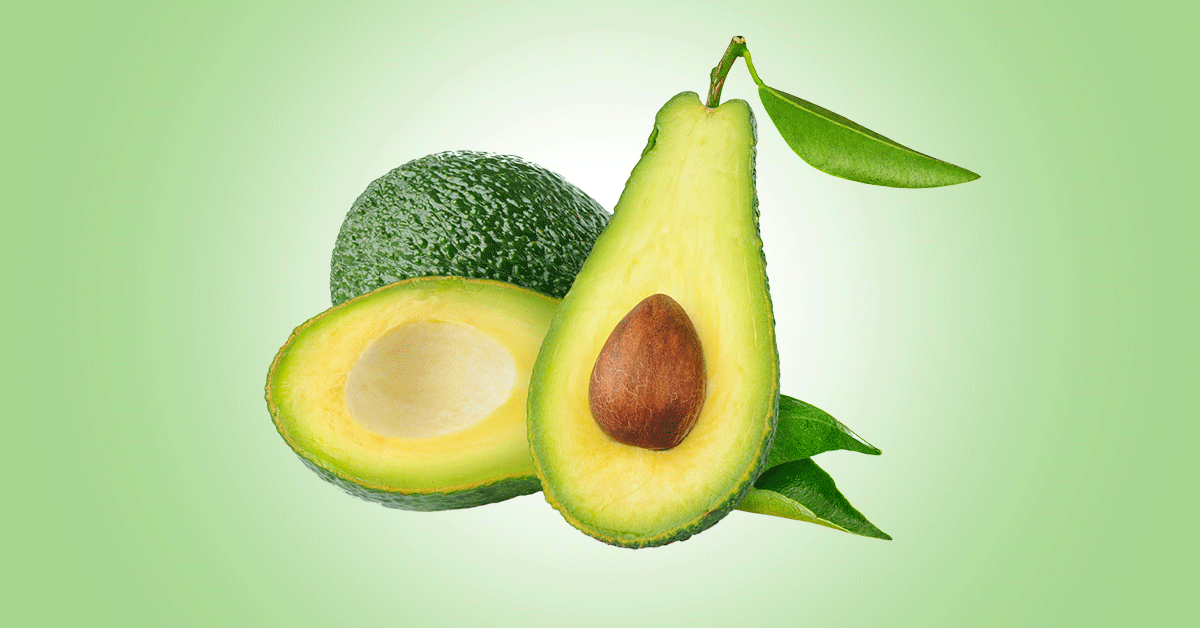Anise seed, or aniseed is from anise fruit, is an aromatic, annual plant belonging to the Umbelliferae family. It is a dainty, white-flowered plant, that grow up to 18 inches (ca. 46 cm) in height, and has green feather-like leaflets. It grows well in dry, light soil, and sunny climate.
Also, it is native to Egypt, Greece, Crete, and Asia Minor. Aniseed is cultivated in large quantities in Southern Russia, Bulgaria, Malta, Spain, Germany, Italy, Greece, and North Africa and and has been introduced to India and South America.
Other names of anise include aniseed, anise, anisum vulgare gaertn, anisi, fructus and anisum officinarum moench.
There are varieties based on location, such as Spanish anise (Alicante Anise), German, Russian and Italian anise. The Spanish anise is the best for pharmaceutical products, and yields 3% oil, while the German and Russian types are darker, larger, and used for distillation of the volatile oils.
Anise oil from anise (Pimpinella anisum), and the oil from star anise (Illicium anisatum) are identical with colourless, or very pale yellow color. However, that of star anise congeals at a lower temperature, and has a harsh taste. Star anise is mostly grown in China, while anise is grown in Europe.
The anise seed is the used part of the anise. When dried, the seeds are greyish brown, ovate, and hairy. It is aromatic, with sweet and spicy taste.
Anise seed has health benefits such as anti-inflammatory, antioxidant, antimicrobial, antidiabetic, analgesic, anticonvulsant, gastroprotective, antidepressant, vermifuge, blood pressure lowering, antispasmodic, expectorant, antirheumatic, antiepileptic, insecticidal, stimulant effect. It is also beneficial to the skin and hair.
It is also used in baked products, sweets, candies, drinks, and dishes.
Constituent
Anise fruit yields 2.5 to 3.5 % fragrant, syrupy volatile oil when distilled. It is also rich in fatty acids such as oleic and palmitic acids, 4% carbohydrates, and 18% of proteins.
The most important volatile oil in the anise seed is the trans-anethole. It gives aromatic and sweet taste to anise. Apart from the trans-anethole, other major constituents include γ-himachalene, cis-isoeugenol, and linalool.
Other compounds include eugenol trans-anethole, methylchavicol, anisaldehyde, estragole, coumarins, scopoletin, α-cuparene, carvone, β-caryophyllene, α-himachalene, dihydrocarvyl acetate, limonene, β-bisabolene, p-anisaldehyde, estrols, terpene hydrocarbons, polyenes, and polyacetylenes.
The coumarins include umbelliferone, umbelliprenine, bergapten, and scopoletin.
Flavonoids compounds include quercetin, rutin, luteolin, isoorientin, apigenin, and isovitexin are present. Lignin-carbohydrate-protein complexes are also obtained from the extract.
Anise oil is used to substitute liquorice extract in sweets, as it has no glycyrrhizin.
Nutritional Composition
According to USDA, a 100 g of anise seed contains 9.54 g of water, 17.6 g of protein, 50 g of carbohydrates, 15.9 g of fats, 6.95 g of ash, 14.6 g of dietary fiber, and 1410 kJ of energy.
Anise seed has high calcium (646 mg), potassium (1440 mg), phosphorus (440 mg), magnesium (170 mg), iron (37 mg). Other minerals include sodium, copper, selenium, and manganese.
Vitamin C, riboflavin, thiamine, folate, pantothenic acid, niacin, Vitamin B-6, and vitamin A.
Health Benefits of Anise
Antimicrobial activity: Extract of anise inhibits bacteria such as Staphylococcu saureus, Streptococcus pyogenes, Escherchia coli, Micrococcus luteus, Micrococcus roseus, Mycobacterium smegmatis, and Klebsiella pneumoniae.
Thymus vulgaris and Pimpinella anisum essential oil when combined inhibit Staphylococcus aureus, Bacillus cereus, and Proteus vulgaris.
Aniseed essential oil, especially the anethol constituent also inhibits some fungi – yeasts and dermatophytes such as Candida albicans, C. parapsilosis, C. tropicalis, Aternaria alternata, Aspergillus niger, Aspergillus parasiticus, C. pseudotropicalis, and C. krusei. The dermatophytes include Trichophyton rubrum, T. mentagrophytes, Microsporum canis, and M. gypseum.
Essential oils of Foeniculum vulgar and Pimpinella anisum inhibited tobacco mosaic virus, potato virus, and tobacco ring spot virus.
Gastrointestinal effect: Anise inhibited gastric mucosal damage caused by necrotizing agents and indomethacin. In combination with other herbs such as Foeniculum vulgare, Mentha piperita, Anthemis nobilis, it can be effective in nausea.
As a laxative, a combination of Pimpinella anisum, Foeniculum vulgare Miller, Sambucus nigra, and Cassia augustifolia decreased colonic transit time, and total evacuation, improving the symptoms of constipation.
For dyspepsia, 3 g powder of anise seed taken after each meal (3 times per day) for 4 weeks, may offer relief.
Anti-inflammatory action: Pimpinella anisum essential oil and fixed oils showed analgesic effect similar to aspirin and anti-inflammatory effect as strong as indomethacin in animal studies.
Prevents convulsion: The essential oils blocked tonic convulsions induced by injection of pentylenetetrazole (PTZ), and tonic seizures induced by maximal electroshock (MES).
Also, extracts of Rosmarinus officinalis, Pimpinella anisum, Matricaria chamomilla, and Artemisia vulgaris delayed the onset of picrotoxin-induced seizures and decrease the mortality rate.
Anti-diabetic effect: Aniseed decrease blood glucose, serum cholesterol and triglycerides. There was rise in β-carotene, vitamin C and vitamin A, and decrease in lipid peroxidation, signifying antioxidant and hypolipidemic activity. Aniseed oil also increases glucose absorption in the rat jejenum in animal studies.
Action on dysmenorrhea: Herbal dried capsule with celery, saffron, and anise, seems to reduce pain in primary dysmenorrhea.
Prevents hot flashes in menopause: In studies in postmenopausal women, 3 capsules of 100 mg, for a period of four weeks seems to reduce the frequency and intensity of hot flashes in menopausal women.
Antioxidant activity: Anise seed has antioxidant property, though, it is less than that of some herbal teas such as chamomile tea, and dill seeds.
Insecticidal activity: Anise oil can be mixed with other oils such as Peppermint or Gaultheria (Wintergreen) to flavor liquid dentrifrices. Anise and garlic essential oil is insecticidal against the larvae of Lycoriella ingenua. The constituent, allyl isothiocyanate is the most active larvicide, followed by trans-anethole, diallyl disulfide, and p-anisaldehyde.
Anise essential oil repel the mosquito Culex pipiens. p-anisaldehyde also inhibited house dust mites – Dermatophagoides farina, and D. pteronyssinus.
When mixed with oil of sassafras and carbolic oil, it can be used as a natural insecticidal compound.
Increase lactation: Aniseed is believed to increase lactation in breastfeeding mothers.
Antifertility activity: Studies by Ibrahim (2008) suggest that anise oil may inhibit GST expression, decrease testosterone, T3 and T4 hormones and inhibit sperm counts and sperm motility.
As expectorant to treat cough: In dry and hard coughs, anise seeds can be useful as an expectorant. It may also relieve symptoms of catarrh, spasmodic cough, bronchitis, and asthma.
The essential oil is also used to treat intestinal colic (infantile) and flatulence.
Anise promotes iron absorption in rats, which suggest it may be used to treat iron deficiency anemia
Use in Pregnancy and Lactation
In pregnancy, do not use a quantity of anise seed exceeding the amount used in food. Since, aniseed is a reported abortifacient, it should be used with caution in pregnancy.
Drug Interactions
- Anise seed essential oil may decrease the bioavailability of acetaminophen and caffeine
- The essential oils of anise seed may also reduce morphine effect.
- It could increase the analgesic action of codeine.
- Anise seed also interact with drugs affecting the central nervous system such as diazepam, midazolam, pentobarbital, imipramine and fluoxetine.
Side Effects
Anise seed essential oils may cause allergic reactions in the skin, respiratory system, and gastrointestinal system. It could also lead to photosensitivity reactions. Oral ingestion of the essential oils may cause vomiting, pulmonary edema, and seizures.
References
- https://www.botanical.com/botanical/mgmh/a/anise040.html
- https://theherbalacademy.com/anise-monograph-pimpinella-anisum/
- https://downloads.hindawi.com/archive/2012/510795.pdf
- https://fdc.nal.usda.gov/fdc-app.html#/food-details/171316/nutrients
- https://www.researchgate.net/publication/336177771_Anise_Pimpinella_anisum_L_a_dominant_spice_and_traditional_medicinal_herb_for_both_food_and_medicinal_purposes
- https://pubmed.ncbi.nlm.nih.gov/26619825/
- https://www.drugs.com/npp/anise.html












